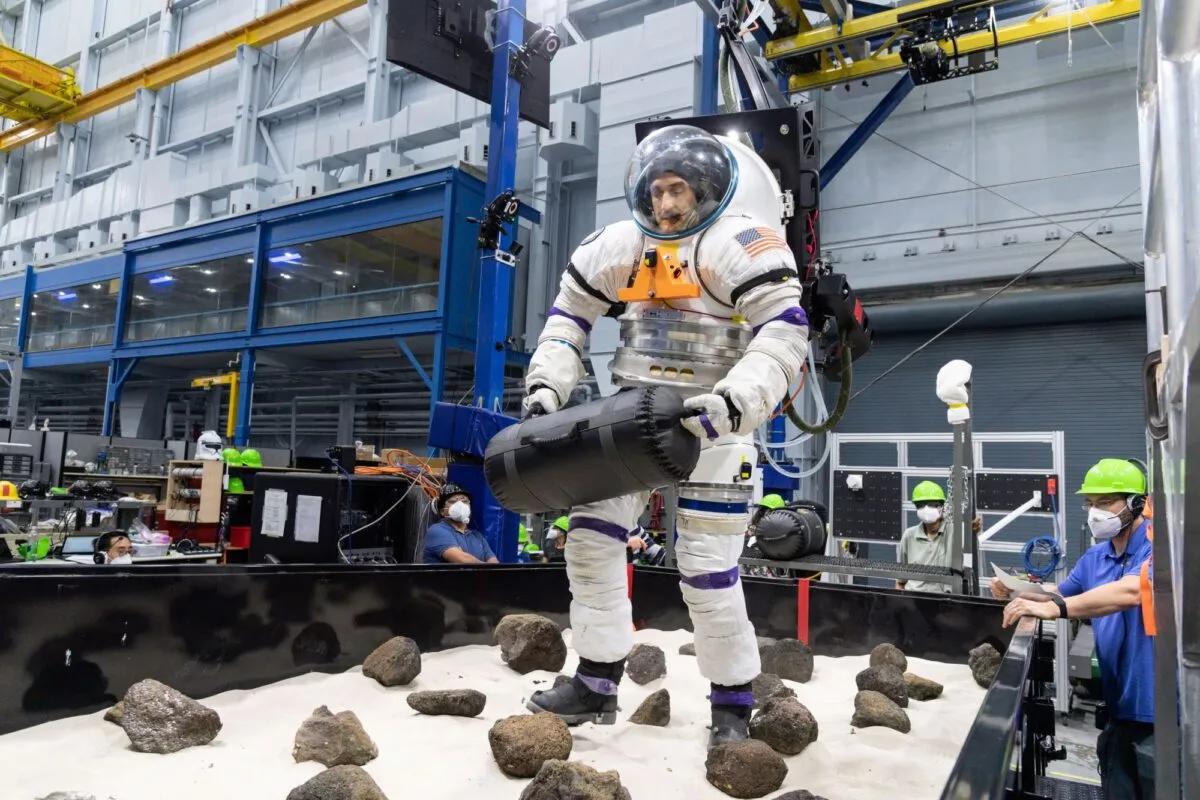A lunar mission is a mammoth undertaking, demanding a lot from its crew. So how do NASA prepare astronauts for the journey ahead? What is involved in astronaut training?
We spoke to Jacki Mahaffey, lead chief training officer for the Artemis II mission, to find out how astronauts are preparing for the Artemis programme.
Read more:
- What are the biggest dangers on the ISS?
- What do astronauts eat in space?
- Strangest things found on the ISS
18 astronauts have been selected for NASA’s Artemis Team to support missions to the Moon.
Following Artemis I, four NASA astronauts will be selected by the end of 2022 to fly to lunar orbit with Artemis II.
Since the training for this mission is brand new, Jacki Mahaffey from Johnson Space Center in Houston is leading a team of instructors not only to conduct astronaut training, but also to draw up the Artemis training programme.
"We start with training for the Orion capsule and launching on the Space Launch System (SLS) because the Artemis II mission will be a figure-8 around the Moon," she says.
"Then we’ll continue to grow as we add the [Lunar] Lander and Gateway and learn how to use suits to do moonwalks and all sorts of things."
Training for Apollo, training for Artemis

During Apollo crew training in the 1960s, one of the main tasks was learning to navigate the dizzying array of switches and systems in the spacecraft, but a lot has changed in the last 50 years.
"“One of the big differences between the earlier missions and what we have now is much more computer power and automation capability," says Mahaffey.
"There’s a lot fewer switches and circuit breakers in the Orion capsule than you would have seen on the Space Shuttle or in an Apollo capsule.
"But it leaves an interesting puzzle. The reason that we’re flying humans is because we have this unique capability to synthesise the unexpected.

"But maybe we didn’t anticipate something when we built the computer. Can the crew understand what the computer has been trying to do, and then insert themselves into that process to achieve mission success?
"A big part of our training is to give them enough background on what the vehicle is doing."
Looking forward to the Moon landing of Artemis III, the lunar environment hasn’t changed at all since Apollo – it’s still dusty with one-sixth the gravity of Earth.
The landing will happen near the southern pole and the low Sun will cast many more shadows than the more equatorial Apollo landings.
One area that has improved, however, is the space suits, which are much better fitting, with more mobility, meaning astronauts should be able to bounce-walk across the surface with ease.
This article originally appeared in the October 2022 issue of BBC Sky at Night Magazine.
